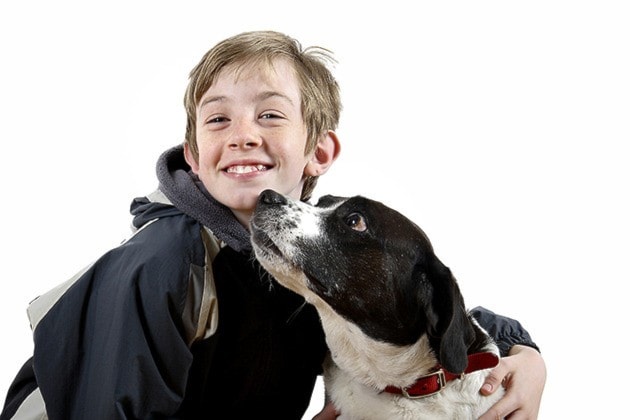GUELPH, ON/CNW/ - Over 500,000 dog bites occur every year in Canada. In fact, the Humane Society of Canada estimates that someone suffers a dog bite every 60 seconds in this country.
The importance of avoiding dog bites is twofold: not only can dog bites cause emotional and physical damage to the victim, but in most places in Canada, the dog owner is also responsible for injuries that his or her dog inflicts on another person or animal (i.e. Ontario's Dog Owners' Liability Act).
Preventing dog bites is all about education. Stacey Huneke is a registered veterinary technician in Ontario, and she says supervision is imperative if parents want to protect their children from being bitten by a dog.
"Dogs and children must be supervised by alert adults," Huneke explains. "Any interaction, depending on the age of the child, should only be done together with an adult and only if the dog is comfortable."
Huneke adds that the whole family should learn how to read dog body language so they will know when a dog is uncomfortable or stressed.
"Adults should intervene if dogs are acting stressed," she says. "Dogs should always have a child-free area to go."
So how can we identify when a dog is stressed?
"Dogs often show body language asking you to leave them alone before they bite," explains Huneke. "If you hear them growling you've already missed dozens of cues that your dog is uncomfortable."
When a dog wants to be left alone, they may exhibit one or more of these cues:
• Tail between legs
• White of eyes showing
• Yawning, licking or chewing
• Ears are back and down
• Mouth/lips closed tight
• Curved back
If you would like to learn more about dog body language and behaviour in general, the best thing to do is contact your veterinary health care team and speak to a veterinarian or registered veterinary technician with experience in behaviour.
